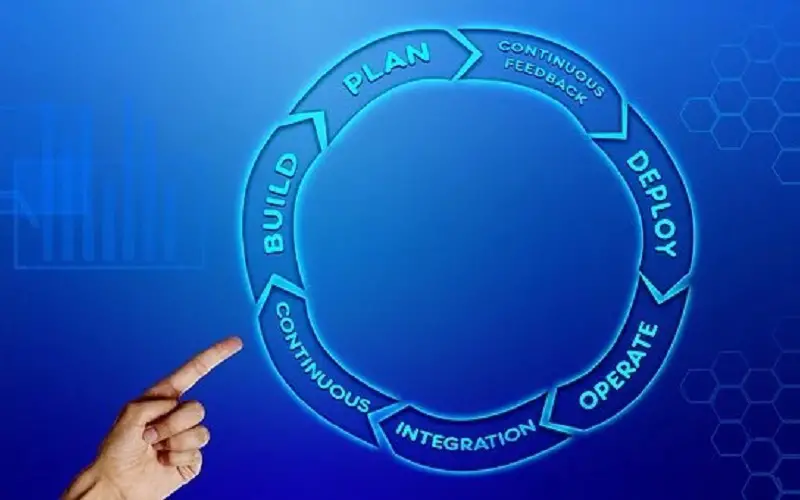IT services management (ITSM) is an old concept created in the 1960s. IT service management refers to the designing, delivering, and managing of the IT services an organization needs.
IT service management can take many forms, including improving IT services to reduce costs or aligning the firm’s IT process with its business objectives. Essentially, ITSM clears the way for better IT processes in an organization.
Lean IT service management involves removing waste from IT processes. Lean and mean ITSM aims to determine which IT services an organization needs and deliver them in the most efficient way possible. The following is a guide to lean and mean IT services management:
ITSM Tools
All organizations use ITSM tools to support and manage ITSM processes. Some tools will cover a wide range of processes and are usually ITSM suites like Ivanti. Other tools will cover a specific process like IT automation so try SolarWinds IT automation tool.
Most lean ITSM tools you will find today are cloud-based and offer small businesses an affordable subscription model. On the other hand, there are other tools with an enterprise focus that are better for larger businesses.
Organizations should conduct an analysis to determine the best tool to ensure lean IT service management.
ITSM Processes
ITSM processes usually involve five core stages:
- Strategy
- Design
- Transition
- Operation
- Continual improvement
The strategy stage is the foundation for an organization’s ITSM processes and involves defining the services the organization will need. It will also include managing the organization’s IT budget.
The design stage involves designing the IT services a company needs. It will involve ensuring services are consistent and effective. It also involves managing a service catalog.
The transition stage involves building and testing IT services and processes to ensure the process flows smoothly. It will also involve ensuring the designs do not disrupt the It systems and network.
The operation stage is about testing ITSM processes in a live environment. It will involve monitoring the processes and workflows so firms can make improvements.
Continual service improvement will involve tracking key performance indicators (KPIs). Tracking to ensure you’re meeting goals and objectives.
ITSM Governance
For lean IT service management to be successful, proper management is necessary. It would be best if you audited your processes continually to ensure there is no wastage, but there is more to ITSM governance.
Proper ITSM governance needs periodic assessment, efficient design, and continuous verification of your ITSM processes. It also involves ensuring you are meeting your ITSM objectives and making adjustments if you are not.
Continuous Service Improvement
The only way to enjoy the benefits of ITSM is eternal vigilance. Lean and mean ITSM involves constant changes with the aim of improving ITSM processes. IT professionals are constantly trying to find opportunities to improve IT processes and then track the results of the improvements in the long run. There are many approaches you can use for continuous service improvement in ITSM. It will depend on your organization and its IT needs.
ITSM Challenges
Implementing lean and mean ITSM is challenging and is not a single occurrence. As you can see above, it requires continuous improvement.
Essentially, it is a fundamental change in an organization’s IT processes that presents its own set of challenges. For one, executive sponsorship is necessary to implement lean ITSM. You will have to prove to management that it will improve the ROI of IT processes.
It could also lead to overburdening your team and lead to pushback. You should not implement lean ITSM as if it was a law. You should have the whole organization buy into it as it will make things more efficient and save time in the long run.
Lean and mean ITSM is an old concept experiencing a modern revival. The above guide should impart a basic understanding of the concept. All organizations should consider lean ITSM because of the benefits it offers.




